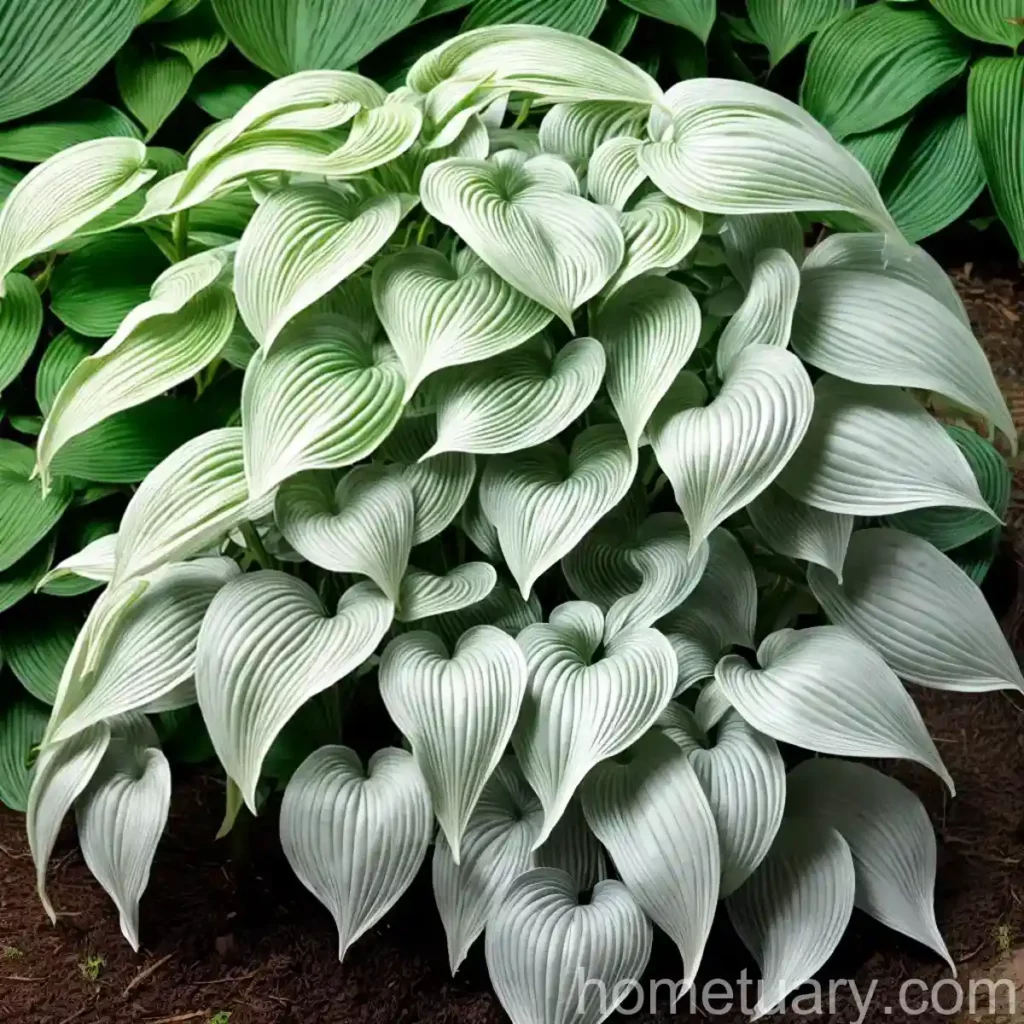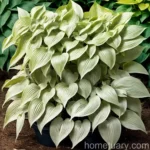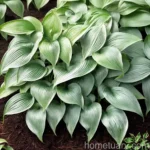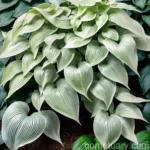The Beauty of Hosta (Hosta sieboldiana): A Comprehensive Guide
Hosta sieboldiana, commonly known as hosta, is a perennial plant that is loved by gardeners for its attractive foliage, ease of care, and versatility in landscaping. This shade-loving plant has gained popularity for its ability to thrive in various garden conditions and its striking display of colors and textures. In this comprehensive guide, we will dive into the world of hosta and explore everything you need to know about caring for and maximizing the beauty of this beloved plant.
What is Hosta?
Hosta sieboldiana, a species native to Japan, is a member of the Asparagaceae family and is prized for its lush foliage and elegant flowers. Hostas are known for their distinctively broad, heart-shaped leaves, which can range in color from deep green to blue-gray and even variegated patterns. They are typically grown for their ornamental value and are a popular choice for shaded areas in gardens and landscapes.
Key Takeaways
Hosta (Hosta sieboldiana)
- Scientific Name: Hosta sieboldiana
- Plant Type: Perennial
- Common Name: Hosta
- Family: Asparagaceae
- Origin: Japan
- Foliage: Broad, heart-shaped leaves in varying shades of green and blue-gray
- Flowers: Elegant, often fragrant flowers in shades of white and purple
- Uses: Ornamental, landscaping, shade gardens
Now, let’s delve into the specific aspects of caring for hosta, from its cultural requirements to pest control and propagation.
Culture
Cultivating hosta involves understanding its environmental preferences and providing the ideal conditions for its growth and development. From sunlight to soil requirements, here’s what you need to know when it comes to the culture of hosta.
Water
Hostas prefer consistently moist soil, but they also require good drainage to prevent waterlogging. When watering, it’s essential to ensure that the soil does not become waterlogged, as this can lead to root rot and other issues. Regular watering, especially during dry spells, will help to maintain the moisture balance that hostas thrive in.
Sunlight
One of the defining characteristics of hosta is its preference for shade or filtered sunlight. While some varieties can tolerate more sun, most hostas flourish in partial to full shade, making them an excellent choice for shaded areas in the garden. When planting hostas, consider the amount of sunlight the area receives and choose the appropriate variety based on its sunlight requirements.
Fertilizer
Fertilizing hostas can contribute to their overall health and vigor. A balanced, slow-release fertilizer applied in the spring as new growth emerges can provide the necessary nutrients for robust foliage and flower production. Additionally, applying a layer of organic mulch around the base of the plant can help retain moisture and supply nutrients as it decomposes.
Soil
Hostas thrive in well-draining, humus-rich soil with a slightly acidic to neutral pH. Amending the soil with organic matter such as compost or peat moss can improve its texture and fertility, creating an ideal growing environment for hostas.
Pruning
Pruning is not a significant aspect of hosta care, as the plant is primarily grown for its foliage and flowers. However, removing spent flower stalks can be beneficial for the overall appearance of the plant and can redirect its energy toward foliage growth. Trimming away damaged or withered leaves can also enhance the plant’s aesthetic appeal.
Propagation
Hostas can be propagated through several methods, including division, seed sowing, and tissue culture. Division, which involves separating the plant’s rhizomes into smaller sections, is the most common and reliable method for propagating hostas. This process is typically carried out in early spring or fall when the plant is not actively growing.
Container Popularity
The versatility of hostas extends to container gardening, where they are valued for their ability to thrive in pots and planters. Their lush foliage and striking leaf colors make them an attractive addition to container gardens, especially in areas with limited space or for gardeners seeking to create visual interest on patios and balconies.
Container Common Diseases
When growing hostas in containers, it’s essential to be mindful of potential diseases that can affect the plant. Container-grown hostas may be more susceptible to root rot and fungal diseases if the soil becomes overly compacted or if drainage is inadequate. Regularly inspecting the plant for signs of disease and ensuring proper drainage can help prevent these issues.
Disease Diagnosis
Diagnosing diseases in hostas often involves identifying visual symptoms such as spotted, discolored, or distorted leaves, as well as any signs of fungal growth on the plant. Proper diagnosis is crucial for implementing the appropriate treatment or management strategies to protect the plant from further damage.
Common Pests
Hostas can be susceptible to pests such as slugs, snails, and certain insects that may feed on the foliage and cause aesthetic damage. Using natural pest control methods, such as creating barriers and introducing predator insects, can help manage pest populations without the use of harmful chemicals.
Botanist’s Tips
For those seeking to maximize the beauty and health of their hostas, here are a few tips from botanists and experienced gardeners:
-
When planting hostas in the garden, consider pairing them with companion plants that complement their colors and textures, such as ferns, astilbes, and heucheras.
-
Regularly inspect the undersides of hosta leaves for signs of pests, as they may hide in these concealed areas.
-
To promote lush foliage and vibrant colors, provide adequate moisture and ensure that the soil remains consistently moist without becoming waterlogged.
Fun Facts
-
Hosta sieboldiana is named after the German physician and botanist Philipp Franz von Siebold, who played a significant role in introducing many Japanese plant species to the Western world.
-
Hostas are considered deer-resistant plants due to their tough leaves, making them a valuable addition to gardens in areas frequented by deer.
Now that we’ve explored the various aspects of caring for hosta, let’s take a look at some external resources where you can find further information on this beloved plant.
Links to External Resources
Hosta sieboldiana is truly a remarkable plant, offering a myriad of varieties, colors, and textures that add depth and beauty to any garden or landscape. Whether you are a seasoned gardener or a novice enthusiast, cultivating hostas can be a rewarding experience, providing endless opportunities for creative landscaping and visual delight.
With its adaptability, low maintenance requirements, and stunning foliage, hosta continues to captivate the hearts of plant lovers around the world, earning its place as a cherished and cherished ornamental plant.















